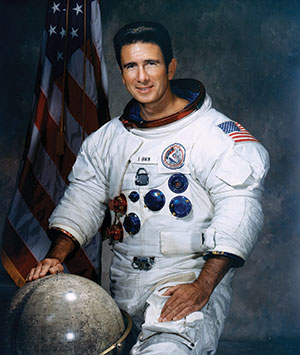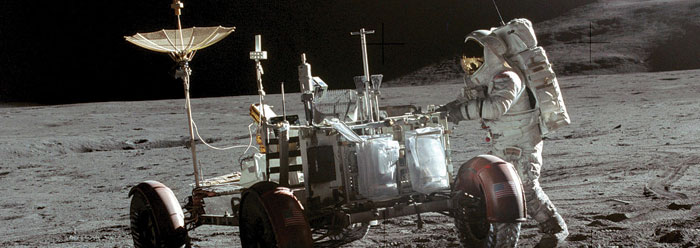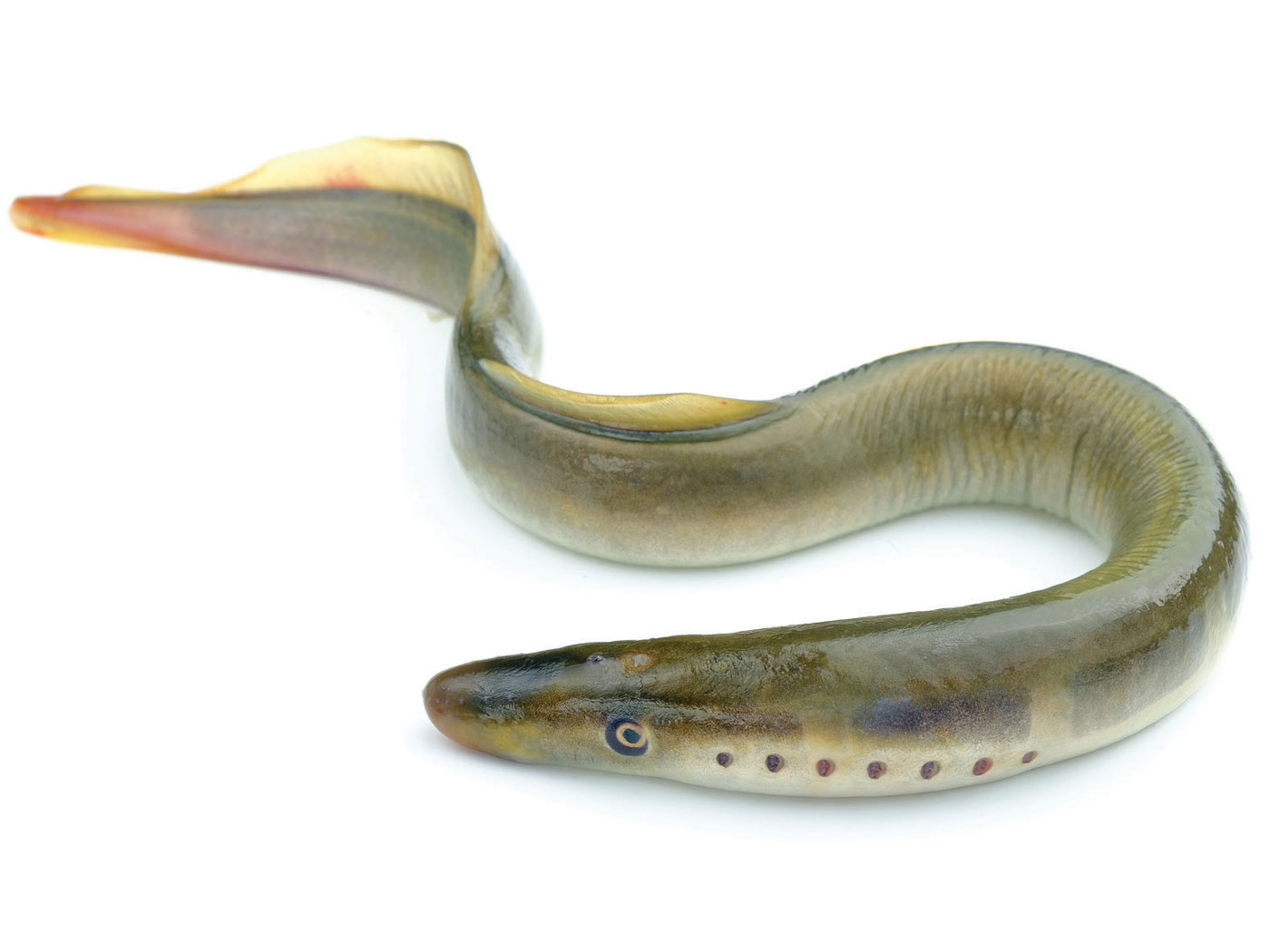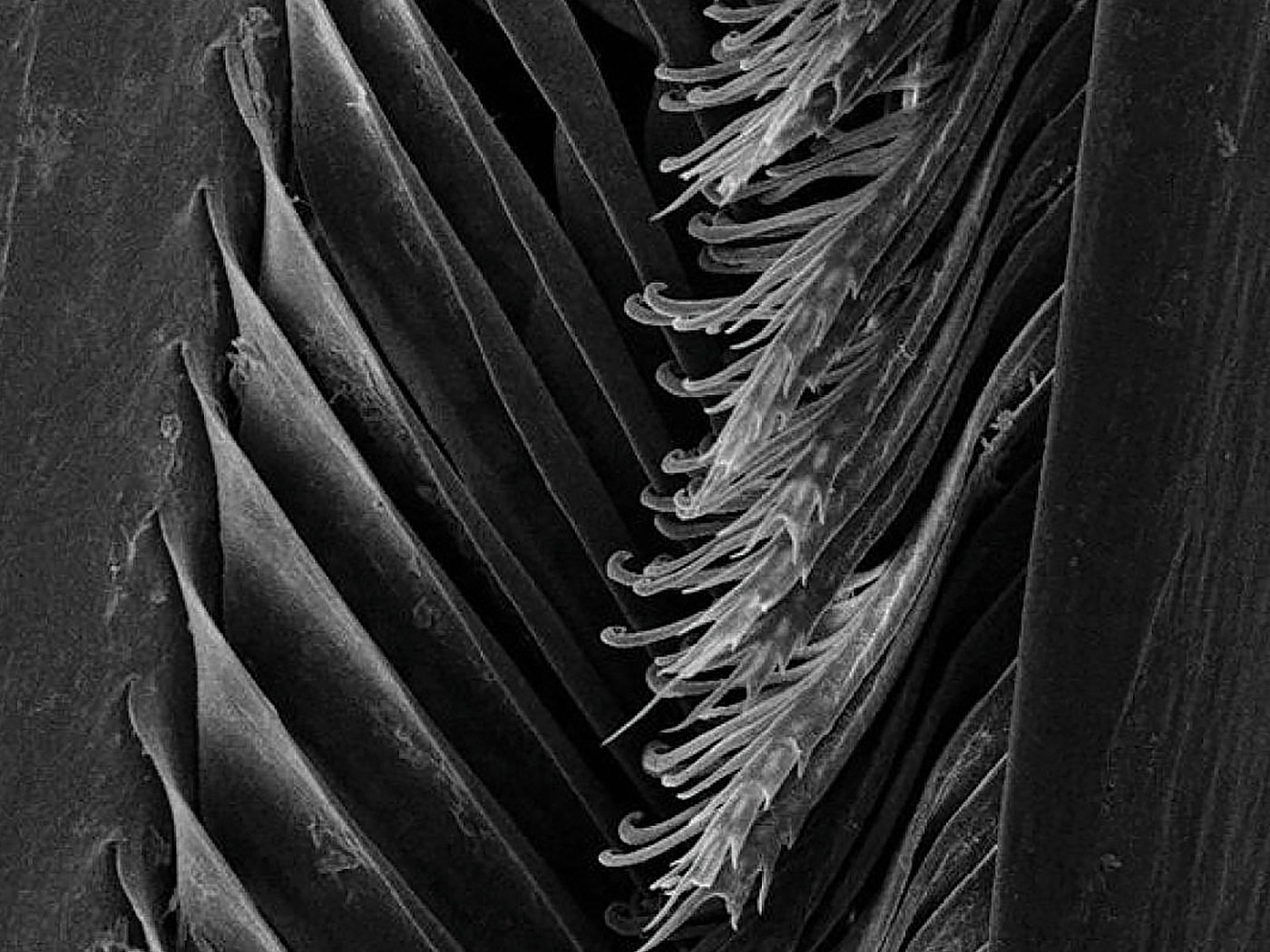 James Benson Irwin (March 17, 1930–August 8, 1991), an American astronaut and scientist, was lunar module pilot for Apollo 15 on the fourth human lunar landing and was the eighth person to walk on the moon.1
James Benson Irwin (March 17, 1930–August 8, 1991), an American astronaut and scientist, was lunar module pilot for Apollo 15 on the fourth human lunar landing and was the eighth person to walk on the moon.1
From childhood, Irwin dreamed of going to the moon.2 After receiving a B.S. in naval science from the United States Naval Academy and a M.S. in aeronautical engineering from the University of Michigan, Irwin graduated from the Air Force Experimental Test Pilot School and the Air Force Aerospace Research Pilot School. In preparation for becoming an astronaut, he studied geology, astronomy, and spacecraft design, as well as lunar geology. Though a skeptic during his educational years, after extensive research, Irwin became convinced creation was true and Darwinism false.
Apollo 15
Irwin realized his boyhood goal as part of the 1971 Apollo 15 flight. Called “exploration at its greatest,” the mission targeted the moon’s Hadley-Apennine region, an area noted for its high mountains and deep valleys.1 After reaching orbit, the lunar module, Falcon, separated from the command module, Endeavour, and transported the researchers to the moon’s surface. Irwin’s tasks were more science-based than those of previous expeditions, and he spent more time on the moon than astronauts in earlier missions. Between July 26 and August 7, Irwin logged over 295 hours as the Falcon pilot. He also spent over 18 hours of extravehicular activity on the moon’s surface, with a total lunar stay of over 66 hours.3
While on the moon, Irwin and Commander David Scott charted seismic activity, collected high-energy particles emitted by the sun, and obtained core and rock samples. The crew returned with 77 kilograms of rocks. The J-Mission (extended lunar stay) profile required intensive geological training, and this allowed the Apollo 15 team to make one of the most important discoveries of the entire Apollo era—the Genesis Rock.4
Irwin and Scott were also given the privilege of naming numerous geological formations on the moon.1 In three separate excursions taken over three days, they explored the spectacular landing site, a narrow valley hemmed in on three sides by the 4,500-meter-high Apennine Mountains and on the fourth side by a two-kilometer-wide canyon called Hadley Rille.
For his many achievements, Irwin was highly decorated with awards, including the NASA Distinguished Service Medal, the United Nations Peace Medal, and the Haley Astronautics Award from the American Institute of Aeronautics and Astronautics. He also received two Air Force Commendation Medals, the Air Force Distinguished Service Medal and Command Pilot Astronaut Wings, and, for his time with the 4750th Training Wing, an Outstanding Unit Citation, among several other honors.5
Passion for Creationism
Beyond his NASA accomplishments, Irwin was well known for his involvement with Christianity and creationism. He wrote about the importance of his NASA experience to his Christianity:
I am now more than an earthling, because I have walked on the moon. Being on the moon had a profound spiritual impact upon my life. Before I entered space with the Apollo 15 mission in July of 1971, I was…[a] silent Christian, but I feel the Lord sent me to the moon so I could return to the earth and share his Son, Jesus Christ.6
In 1972, Irwin left NASA, retired from the Air Force, and founded the High Flight Foundation. High Flight focused on helping others realize that science supports creation, not evolution. For almost 20 years, he consistently proclaimed that Jesus walking on the earth was far more important than mankind walking on the moon.6 Irwin was firm in his stance that “[it is critically] important to recognize the Creator of this great planet and the universe in which it exists. After all, He is the one who created the laws of science that make space travel possible.”2
He also frequently spoke about how his experiences in space made the presence of God far more real to him than ever before. One example is his account of the finding of the Genesis Rock:
Most of the rocks previously brought back from the moon were dark, dense basalt. Scientists knew that if the moon were composed entirely of this dense rock, it could not possibly be in its present orbit. It would be too heavy. They knew there had to be an abundance of lighter material, lighter in density and color. Our mission was to find a lighter rock from the mountains on the moon. While we were exploring…[we] found…a pure, white rock, the oldest rock brought back from the moon—part of the deep internal material which had been ejected to make the mountains—and the most important scientific discovery of our mission. The press labeled it the “Genesis” rock, for it confirmed the fact that the earth and moon were created at the same time, giving scientific proof of the creation story of Genesis 1:14-18.6
This discovery was very significant for Irwin, who firmly believed that “in Genesis, the first book of the Bible, you will find the truth about where the moon, the earth, and the sun came from,…how God created all things out of nothing in six days, [and] how God created the earth on the first day, and then, seventy-two hours later on the fourth day made the moon, the sun, and the rest of the universe.”6 Irwin accepted the mature-creation worldview that “God had created each thing with age built in; such as, on the third day, He had instantly made fully grown fruit trees….And on the sixth day…He created Adam—a fully grown man. Tracing Adam’s genealogy, he [Irwin] found God had made all these things less than ten thousand years ago.”7
Pursuing his strong convictions about creation and a young earth, in 1973 Irwin took several expeditions to Mount Ararat in Turkey, searching for remains of Noah’s Ark. In 1982, he even led an expedition supported by the Turkish president, Kenan Evren. Three elite Turkish commandos had to accompany the 14 researchers on the trip because the area they were traveling in bordered the old Soviet Union. In thanks for his help, Irwin presented President Evren with a Turkish flag that had once flown on the moon.8
Unfortunately, the journey turned out to be rather ill-fated. While the group was climbing, Soviet guards shot and killed two Turks who were not involved in the expedition. Irwin also ended up being struck by falling rock during the ascent. His injuries were so severe that he had to be transported by horse down the mountain and then driven to the nearest hospital, which turned out to be poorly equipped. Due to the accident and enormous difficulties involved in the climb, the team was eventually forced to abort the search for the Ark. Irwin returned to Mount Ararat in 1983 and 1984 but found no compelling evidence of the Ark.8
Health Problems
The Ararat incident was not Irwin’s last health crisis. In fact, during an intense period of work on the moon the earliest symptoms of his heart problems appeared.9 In a 23-hour stretch, he conducted a moonwalk, performed the ascent from the lunar surface, and rendezvoused with the command module, Endeavour.10 Meanwhile, flight surgeons back on Earth were monitoring the astronauts’ physiological vital signs and noticed irregularities in Irwin’s heart rhythms.11 However, they ultimately concluded that Irwin was not in serious danger. Whatever strain his heart was under then, Endeavour’s oxygenated cabin produced ideal ICU conditions.
It wasn’t until later, near his home in Colorado Springs, that Irwin suffered a serious heart attack. A subsequent heart attack on August 8, 1991, ultimately took his life. Survived by his wife, Mary Ellen, and their five children, his name was honored by the founding of the James Irwin Charter Schools in Colorado.
Colonel James Benson Irwin is an excellent example of a creationist who achieved enormous accomplishments in science. His guiding faith was that, as “God-designed creatures,” humans were “meant to relate to our creator.”6 He was memorialized with burial in Arlington National Cemetery.
References
- Reynolds, D. W. 2002. Apollo: The Epic Journey to the Moon. New York: Tehabi Books, 166-189.
- Irwin, J. 1989. Destination: Moon. Portland, OR: Multnomah Press.
- Irwin, J. with W. A. Emerson, Jr. 1973. To Rule the Night: The Discovery Voyage of Astronaut Jim Irwin. Philadelphia, PA: A. J. Holman.
- Woods, D. 2006. Mountains of the Moon. Apollo 15 Lunar Surface Journal. NASA. Posted on hq.nasa.gov, accessed September 16, 2012.
- Biographical Data, James Irwin (Colonel, USAF, Ret.) NASA Astronaut (Deceased). Posted on jsc.nasa.gov, accessed September 20, 2013.
- Irwin, J. 1983. More Than Earthlings: An Astronaut’s Thoughts for Christ-centered Living. Nashville, TN: Broadman Press.
- Thomsen, P. 1997. Flight of the Falcon: The Thrilling Adventures of Colonel Jim Irwin. Santee, CA: Institute for Creation Research.
- Irwin, J. with M. Unger. 1985. More Than an Ark on Ararat: Spiritual Lessons Learned While Searching for Noah’s Ark. Nashville, TN: Broadman Press.
- Chaikin, A. 1998. A Man on the Moon. Toronto: Penguin Books.
- Woods, D. 2004. Apollo 15 Flight Summary. Apollo Flight Journal. NASA. Posted on hq.nasa.gov, accessed September 16, 2013.
- Kraft, C. with J. L. Schefter. 2001. Flight: My life in Mission Control. New York: Penguin Group, 342-343.
* Dr. Bergman is Adjunct Associate Professor at the University of Toledo Medical School in Ohio.





















